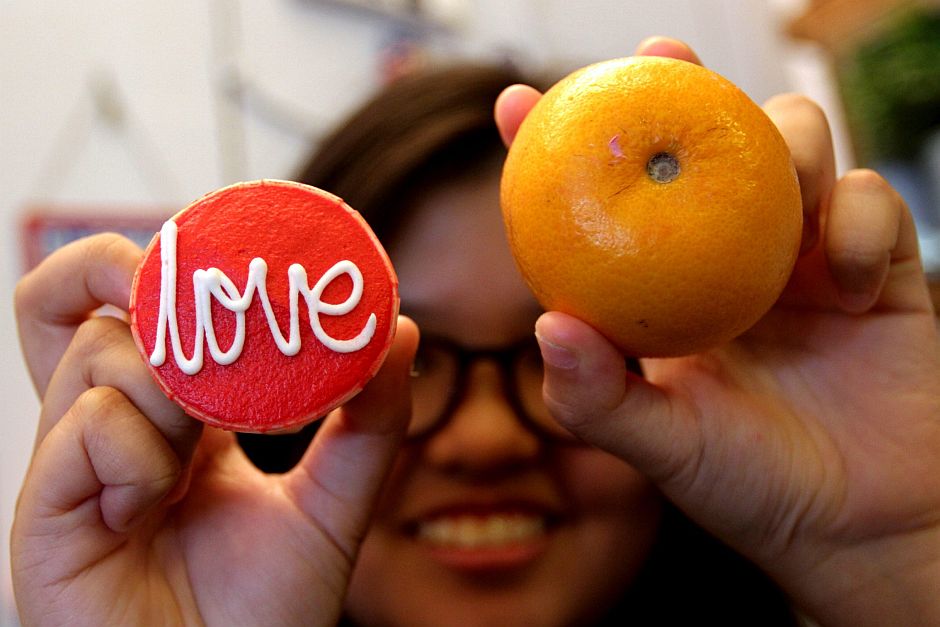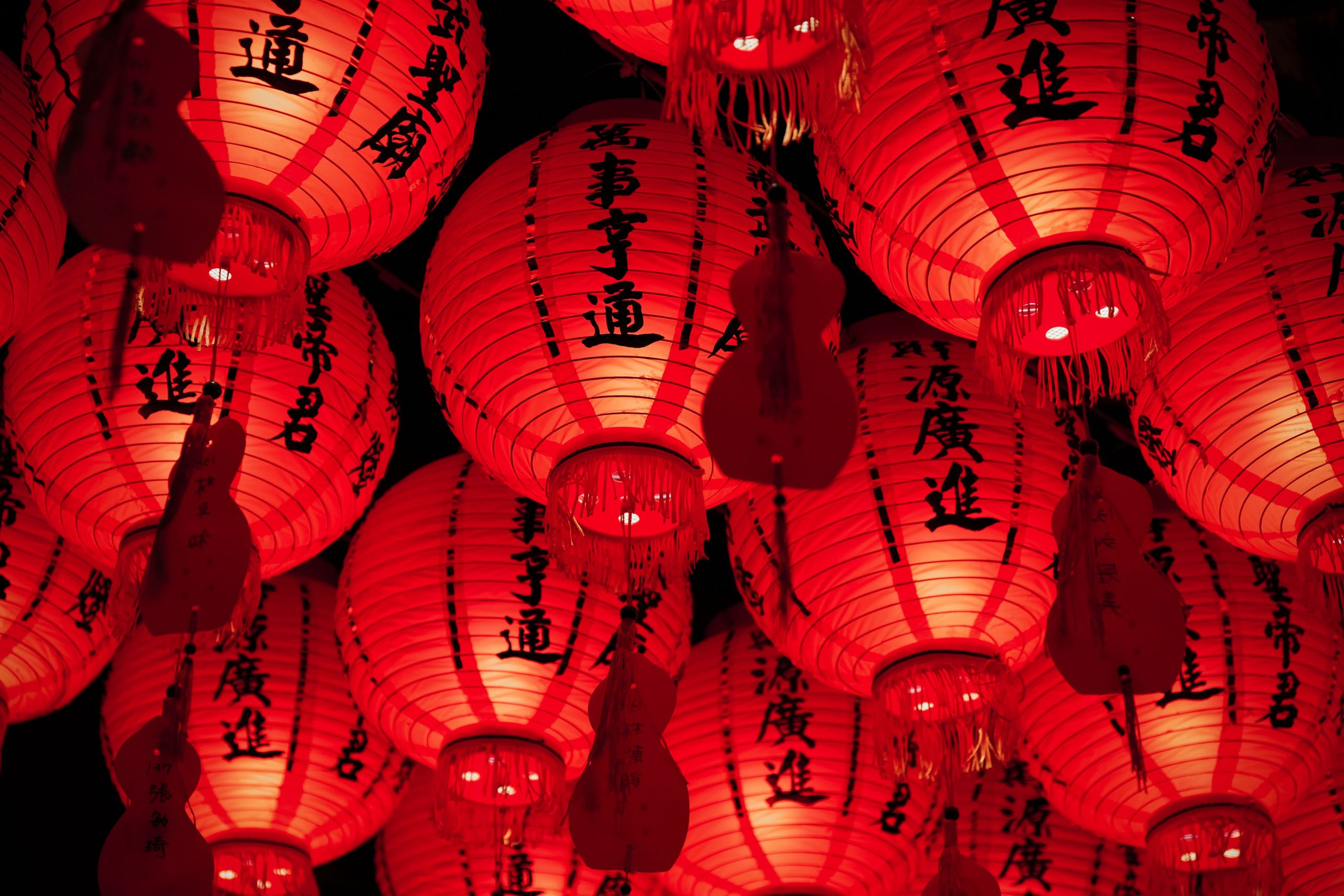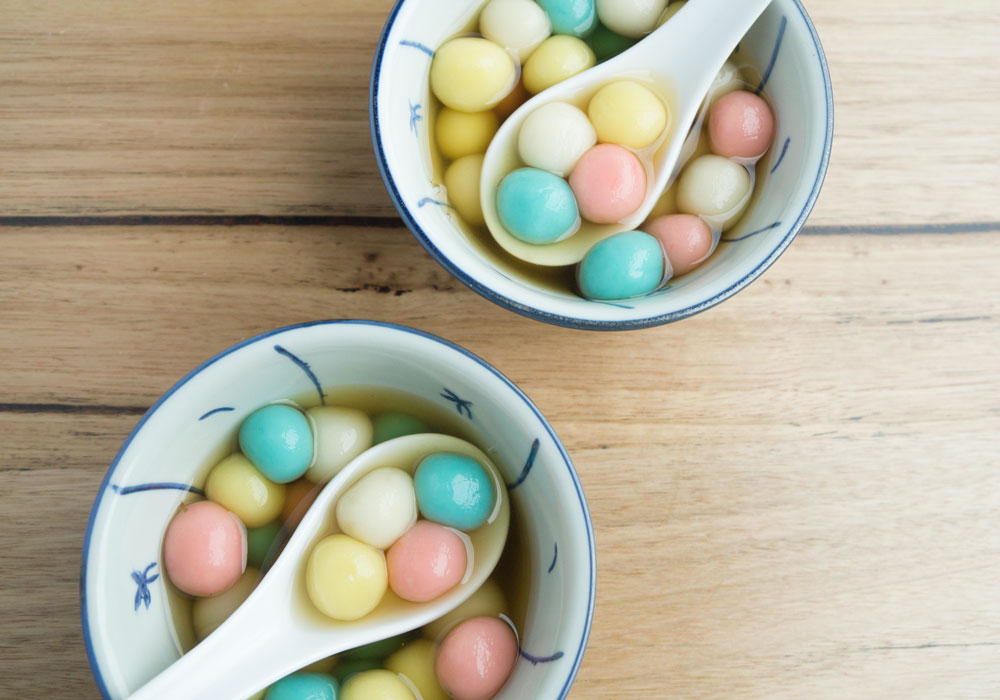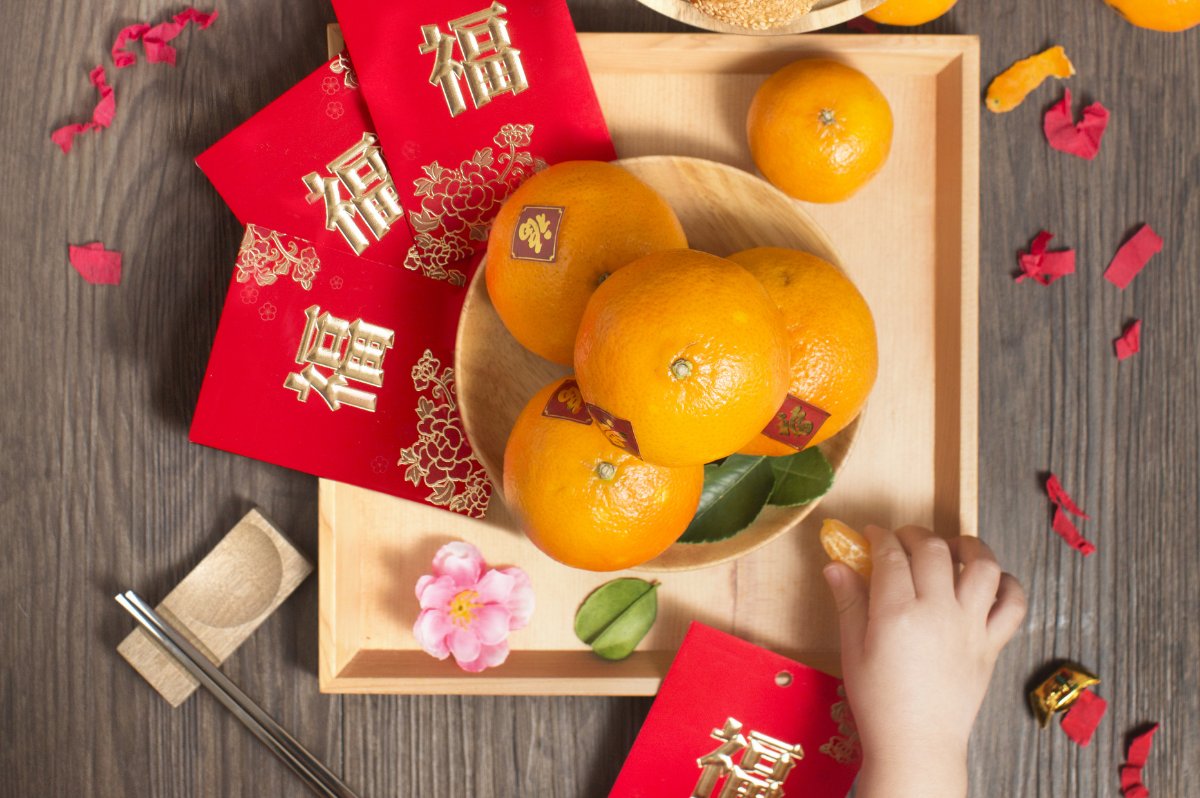The interesting practice of throwing oranges into the sea actually originated on Malaysia’s very own Penang Island in the 19 century.
Chap Goh Mei, which is the Hokkien term for the 15th night of the Lunar New Year, is also known as Yuan Xiao Jie, or the Lantern Festival. This marks the final day of traditional Chinese New Year festivities, and the occasion is commemorated with red lanterns to celebrate the first full moon of the year. This year, Chap Goh Mei falls on February 5.

Chap Goh Mei is also popularly known as Chinese Valentine’s Day seeing as its origins go back quite a long time when single women would write their name and contact details on mandarin oranges, and toss them into the sea on the 15th day of the Lunar New Year with the belief of this helping them to attract a good suitor.

Read on to learn more interesting facts about this special festival that ties up a little over two weeks of Lunar New Year celebrations.
WHAT ARE THE ORIGINS OF CHAP GOH MEI?
Although there are several origin stories of the festival, the most popular folklore includes the Jade Emperor, ruler of the heavens himself! Ancient tales relate how the Emperor’s favourite pet crane had travelled to Earth but was killed by a group of villagers. Enraged, the Jade Emperor made a plan to raze the village in a fiery storm on the 15th day of the Lunar New Year.
A wise elder found out about the plan and advised the villagers to hang red lanterns and set of firecrackers to trick the celestial ruler into thinking that their homes were already ablaze. This worked and appeased the Jade Emperor, who left the village untouched. The custom has stuck ever since!
LANTERN RIDDLES
One of the highlights of Chap Goh Mei is guessing lantern riddles. In ancient days, lantern owners wrote riddles on notes that would be pasted on eye-catching lanterns. People will crowd around these lanterns to guess the riddles, and they pull the note off the lantern if they think they have the right answer.

After checking with the lantern owner to see if they guessed the riddle correctly, a small gift would be given for correct answers! This lantern riddle activity was popularised during the Song Dynasty from 960 to 1279.
EATING TANGYUAN
One popular sweet tradition of Chap Goh Mei would certainly be the delightful glutinous rice balls called tang yuan which are filled with red bean, sesame, or peanut. The origins of this dessert dates back to the Han Dynasty (206 BCE – 220 CE), when Emperor Wudi’s minister Dongfang Shuo managed to convince a homesick girl named Yuan Xiao from killing herself by jumping into a well. He then devised a strategy to help Yuan Xiao reunite with her family, which included asking her to dress in red and roam the streets of Chang’an pretending to be a messenger sent by the god of fire. She told villagers that she was ordered to burn down the city, and this message eventually reached Emperor Wudi, who consulted Dongfang for help.
The latter then told the Emperor that the god of fire liked to eat tangyuan balls, and that Yuan Xiao was the best woman for the job. He suggested that on the 15th night of the first Lunar month, Yuan Xiao and every family should make tangyuan as an offering for the god of fire. Every house in the city should also hang red lanterns outside their house, and explode firecrackers in the streets.

Emperor Wudi agreed to the plan, and on the 15th day, Dongfang’s advice was followed fully by the villagers – creating a fiery display of Chang’an. Yuan Xiao also participated with her own red lantern, with her name displayed on the lantern as instructed by Dongfang. She was then found by her parents who stepped out to watch the lantern decorations and saw her lantern, thus reuniting the family under the full moon.
Chinese families carry on this tradition by gathering during Chap Goh Mei to make tangyuan from scratch, serving them in a sweet and heartwarming ginger syrup ‘soup.’ The fillings are often sweet and can vary depending on preference, ranging from black sesame to red bean paste. However, in the southern part of China, tangyuan is usually savoury, and served in a clear broth made with daikon and homemade fish cake.
Regardless of the flavour, tangyuan is always enjoyed with family members during Chap Goh Mei. The chewy glutinous rice balls are made in round shapes and the round bowls they are served in signify togetherness as well as the cohesion of a family.
AND WHAT ABOUT THOSE ORANGES?
The throwing of mandarin oranges into the sea by single women is without a doubt the most popular and colourful moment of the festival. It is believed that by doing so, they can find themselves a good husband. For many, the act of throwing oranges into the sea or river also signifies that these women are available for marriage.
The most interesting thing about the tossing of oranges is that, much like the yee sang tradition widely observed here, it’s not a practise brought over from China. In this case, it’s actually an activity which originated on Malaysia’s very own Penang Island in the 19th century.
Source: Prestige
"ExpatGo welcomes and encourages comments, input, and divergent opinions. However, we kindly request that you use suitable language in your comments, and refrain from any sort of personal attack, hate speech, or disparaging rhetoric. Comments not in line with this are subject to removal from the site. "



















